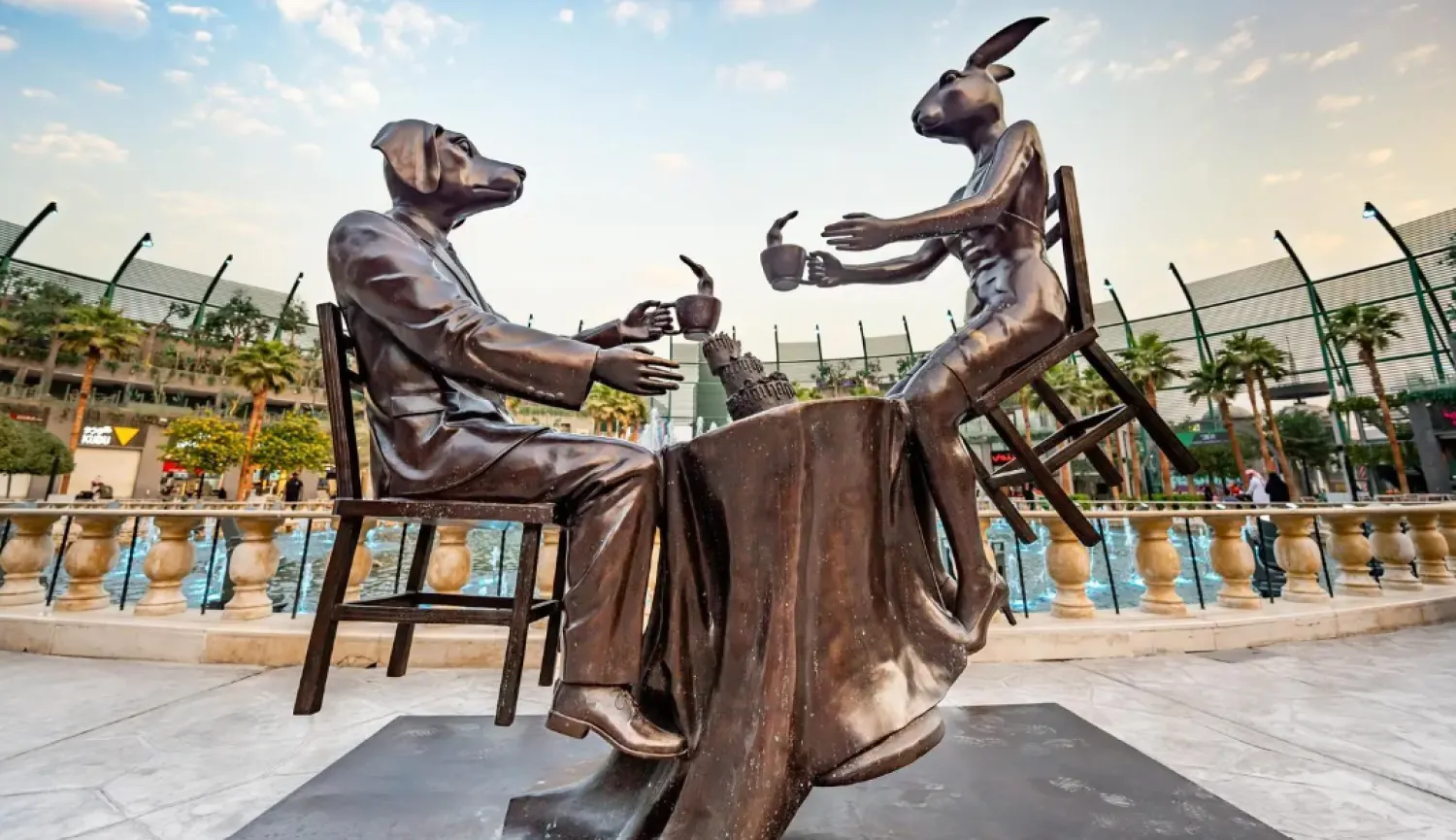The Boulevard City, one of the zones of Riyadh Season 2023, has been transformed into an art exhibition, featuring renowned sculptures and artworks.
A designated area within the Boulevard City has been assigned for the presentation of these imaginative art pieces.
Visitors are encouraged to take photographs and closely examine the intricate details of the sculptures and other artistic installations.
The exhibited artworks draw inspiration from the realm of wildlife, portraying vivid imagery of elephants and kangaroos. Placed at an accessible level alongside the benches in the Garden area, these sculptures allow visitors to engage with the artwork intimately and gain insights into the intricacies of these wildlife representations.
According to SPA, these works of art present ideas that combine creative models, elements of fun, and the classic style of sculpture, which contributes to giving visitors a glimpse into the details of this distinctive art, and the efforts being made in many parts of the world to support endangered species, such as rhinos and gorillas.









